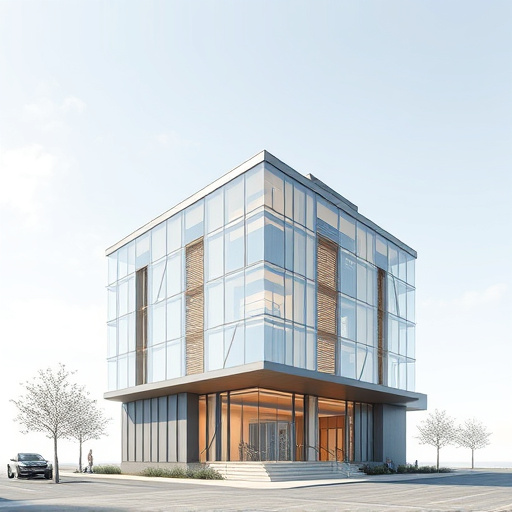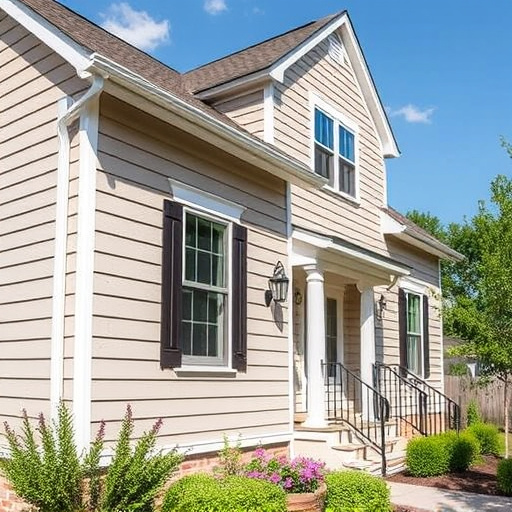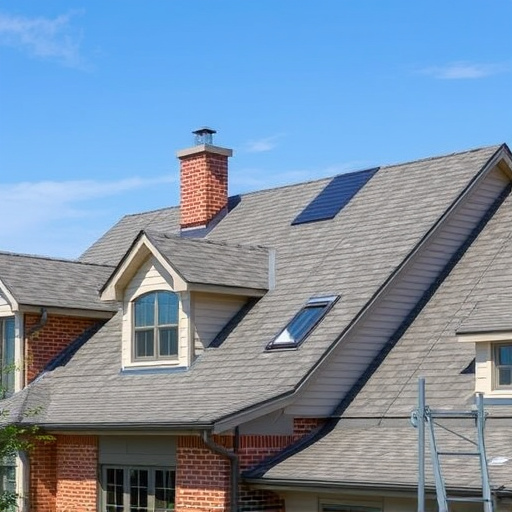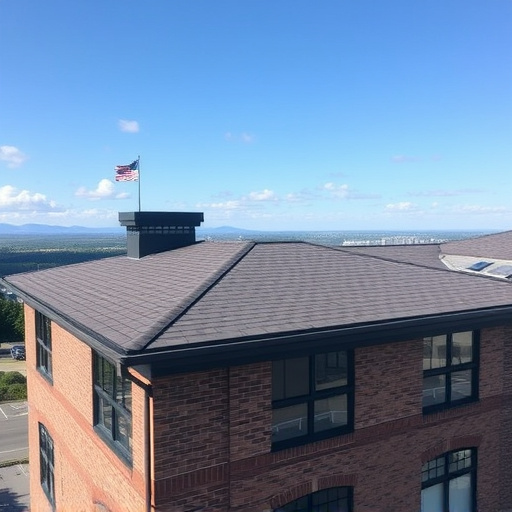Providing siding services requires navigating a variety of siding services permits to comply with local building codes, ensuring structural safety and quality. Key permits include those for facade alterations, storm damage repair in high-risk areas, and specific work involving gutters and plumbing drainage systems. Understanding these regulations, both at the local and state levels, is crucial for homeowners and contractors to ensure compliance, avoid legal issues, and meet necessary standards for exterior home improvements.
Understanding permits and regulations is crucial for anyone offering or seeking siding services. This comprehensive guide deciphers the complex landscape of permissions required, navigating local versus state laws, and provides essential insights for compliance. From identifying common permits like building and zoning authorizations to understanding safety standards and best practices, you’ll learn how to smoothly integrate regulatory requirements into your siding projects. Effective permit management ensures not only legal adherence but also enhances project outcomes.
- What are the Common Permits Required for Siding Services?
- – Types of permits and their purposes
- – Local vs. state regulations
What are the Common Permits Required for Siding Services?

When providing siding services, several common permits are typically required to ensure compliance with local building codes and regulations. These permits are essential for any construction or renovation project, including exterior cladding work. One of the primary permits needed is a building permit, which authorizes the structural changes and ensures the safety and quality of the work. This is particularly crucial for siding installation, as it involves altering the facade of a structure.
Additionally, depending on the scope and nature of the project, other permits may be necessary. For instance, in areas prone to storms or severe weather, a permit for storm damage repair might be required. These permits ensure that any repairs or replacements are made with appropriate materials and methods to withstand such events. Furthermore, if the work involves both siding and gutters, there might be specific permits related to plumbing and drainage systems, ensuring these components meet local standards and prevent water-related issues.
– Types of permits and their purposes

In the realm of exterior home improvements, particularly when it comes to siding services, understanding permits and regulations is crucial. These legal requirements are put in place to ensure safety, maintain neighborhood standards, and protect property values. Permits act as a green light for contractors to execute roofing solutions or side replacements, underscoring compliance with local building codes and guidelines.
There are various types of permits, each serving a specific purpose. For instance, a construction permit is typically required before initiating any siding work, authorizing the project’s commencement. Similarly, zoning permits ensure that proposed exterior renovations align with district regulations. Additionally, for projects involving roof replacement, specific permits may be necessary to address structural integrity and safety concerns, especially when dealing with substantial alterations or changes in the building’s exterior profile.
– Local vs. state regulations

When it comes to siding services, understanding the distinction between local and state regulations is paramount. Local governments often have specific rules and permits required for any construction or renovation work, including siding installation. These regulations can vary widely from one municipality to another, so homeowners and contractors must check with their local building departments to ensure compliance. State-level regulations, on the other hand, provide a broader framework that supersedes local laws in case of conflict. They cover aspects like material safety standards, energy efficiency requirements, and general contractor licensing.
For siding services, these regulations might dictate the types of materials allowed, installation methods, and even color choices. For instance, some states may encourage the use of environmentally friendly or recycled materials, while others might have specific guidelines for energy-efficient roofing solutions or siding installation. Staying informed about both local and state permits and regulations is crucial to avoid legal issues and ensure that your siding project adheres to all necessary standards.
Before embarking on any siding project, it’s crucial to navigate the world of permits and regulations for siding services. Understanding local and state requirements ensures a smooth process and compliance with building codes. By acquiring the necessary permits, you not only avoid legal issues but also contribute to the safety and aesthetics of your property or client’s properties when undertaking siding services.














